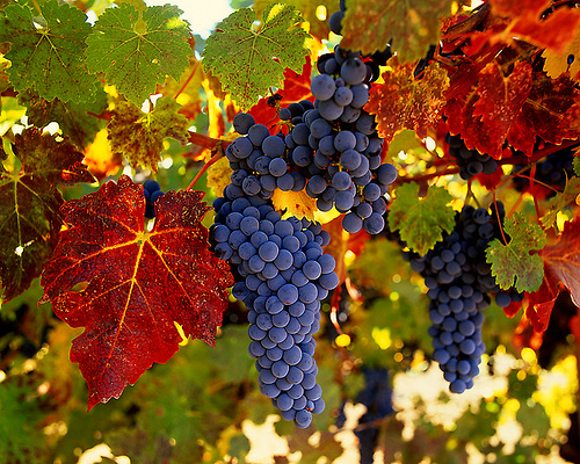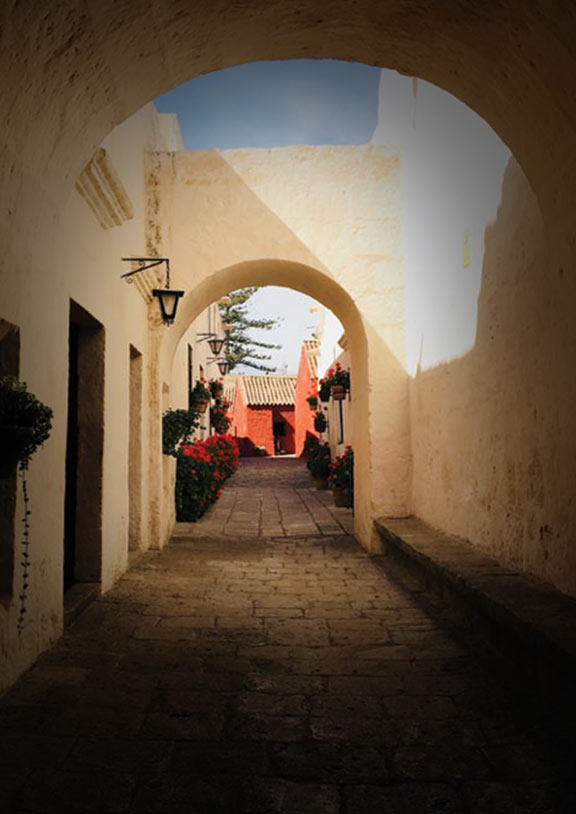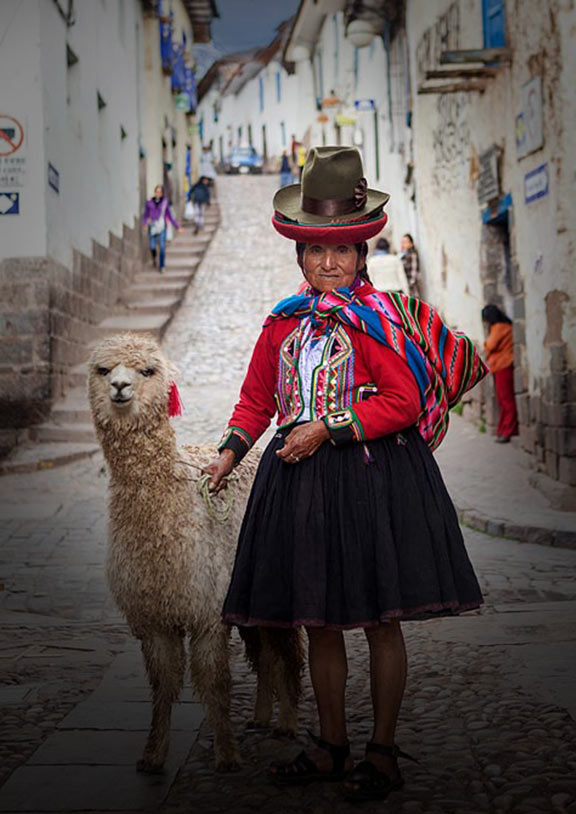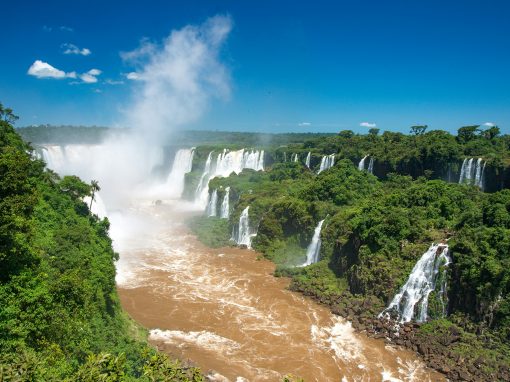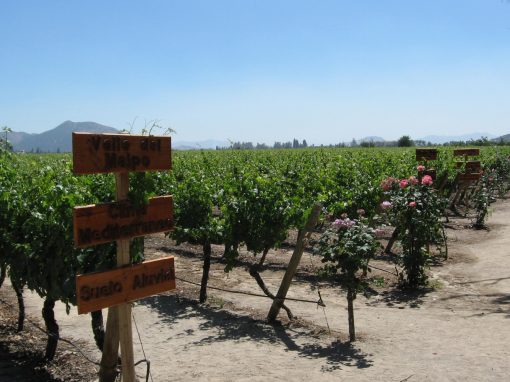Today we happily inaugurate the December theme for LAFL’s South America travel blog: wine! The holidays are beginning, the New Year looms just around the corner, and altogether there is much to celebrate. As the festivities approach, we thought it would be fitting to focus on the beverage that has been lauded by all great civilizations since the ancient Greeks and that still serves as a social lubricant for many gatherings, especially around this time of year.
“Wine can of their wits the wise beguile, make the sage frolic, and the serious smile.” – Homer, 8th century
Our forthcoming posts will profile the exciting world of wine production in South America. Most wine lovers are aware of the grape-growing boom in Argentina, Chile, and Uruguay, which are respectively renowned for the production of malbec, carménère, and tannat wines. These varietals have risen to become the rising stars of South American wines, making a splash in the international wine world and annually awarded with top honors in all price categories. But we will also cover the less popular, but equally delicious wines coming out of Brazil and Peru.
While the growth of wine production for export to Europe, Australia, and North America has been exponential, we propose that there is perhaps no better way to experience the dynamism of South America’s grape-growing regions than by exploring the wine trails of Argentina, Chile, Uruguay, Brazil, and Peru.
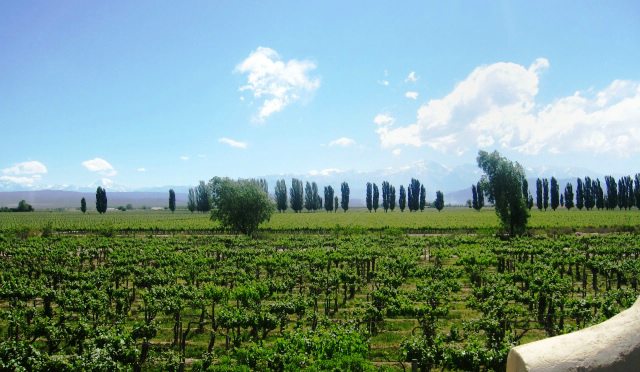
Picture a late summer afternoon spent under the Mendoza sun sampling a flight of seductive Malbec wines…
Certain wines have become almost synonymous with a country. In the wine lexicon, Argentina & malbec and Chile & carménère, go together like peas & carrots. Other associations are a bit more strained. For Brazil, you might think of cachaça, and for Peru, pisco. But our blog posts will explain that pretty much all of South America is producing international classics such as merlot, chardonnay, syrah, and other single varietals as well as blends that are competing with the best wines in the world and which you can sample on a trip to South America.
One advantage of travel to South America is that it can be multifaceted. Yes, you should definitely plan to visit cosmopolitan, culture-rich cities like Buenos Aires & Rio de Janeiro, natural wonders like the Galapagos Islands and Iguazu Falls, and world wonders like Machu Picchu. But an action- and adventure-packed South America vacation can also be balanced with loads of leisure, relaxation, and of course, wine!
March and April are the wine harvest months in South America, coinciding with the end of summer and the beginning of fall, and thirsty travelers will find that this is an ideal time to visit. In addition to country-by-country profiles of grape-growing regions, we will also be highlighting the best wine trails in South America, where to go for wine festivals (for example Vendimia in Mendoza, Argentina’s wine-producing capital), the best boutique wine hotels and lodges for an indulgent vacation, and how to combine a South America wine tour with other top attractions, such as big cities, the great outdoors, or memory-making trips to historical wonders like Machu Picchu.
If you would like to see a specific wine topic, feel free to leave suggestions in the comments section below. Our travel advisors at Latin America For Less specialize in organizing the perfect travel itineraries to top destinations in South America. Contact us to start planning your dream South America vacation.
Anabel has been exploring the length and width of South America since 2010. Ditching preconceptions, settling into the local pace, and embracing the unexpected are the tenets of her philosophy of travel – and life.

